a remarkable mid-19th century albumen photograph depicting three important trade signs
This entry was posted on May 13 2015 by Eric
the mounted albumen print features the non-extant telegraph block building, located in thomaston, maine. the 1865 photographic print clearly depicts multiple businesses represented in part, by the variety of exterior hanging trade signs, which took many forms in early america.
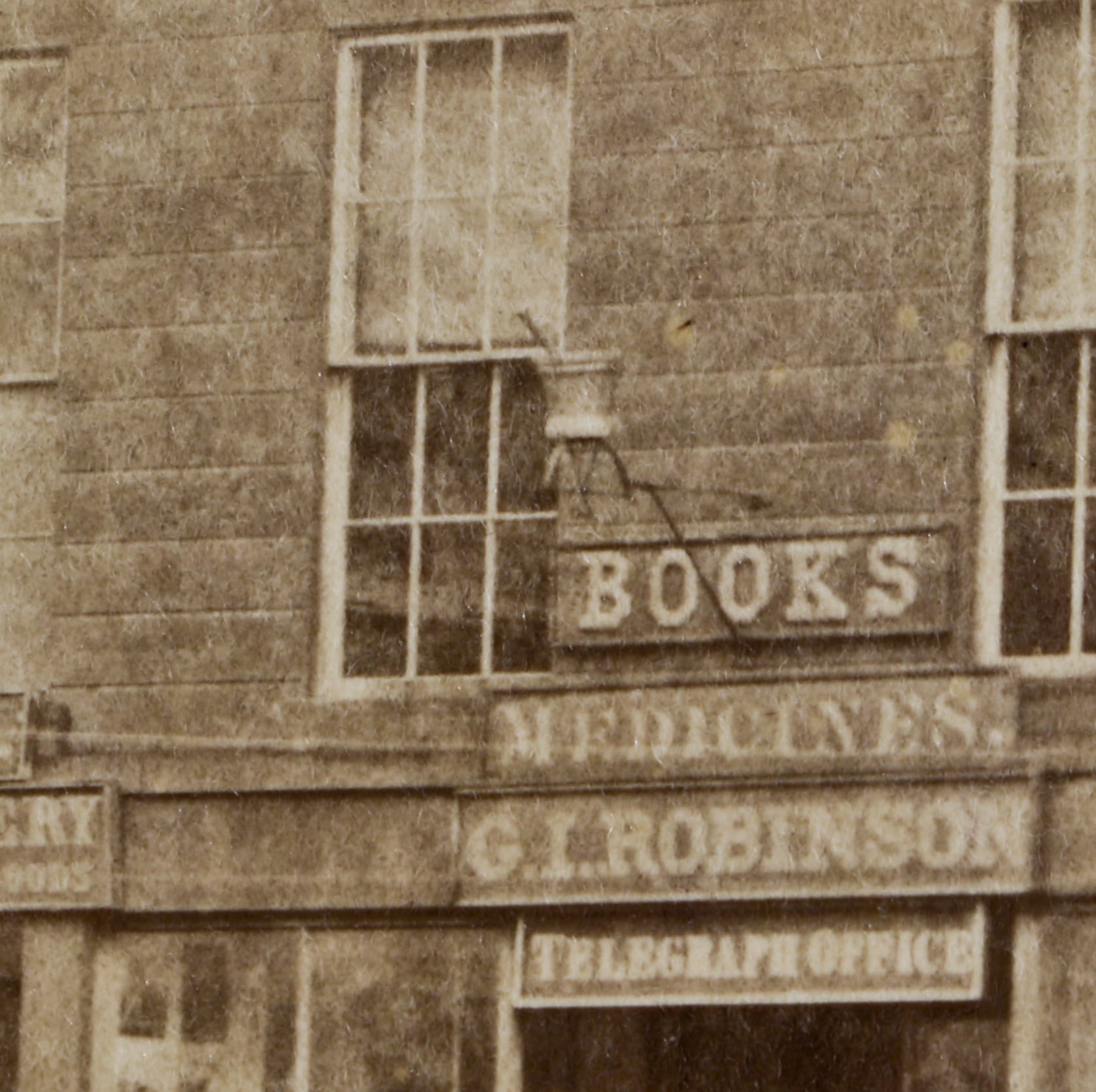
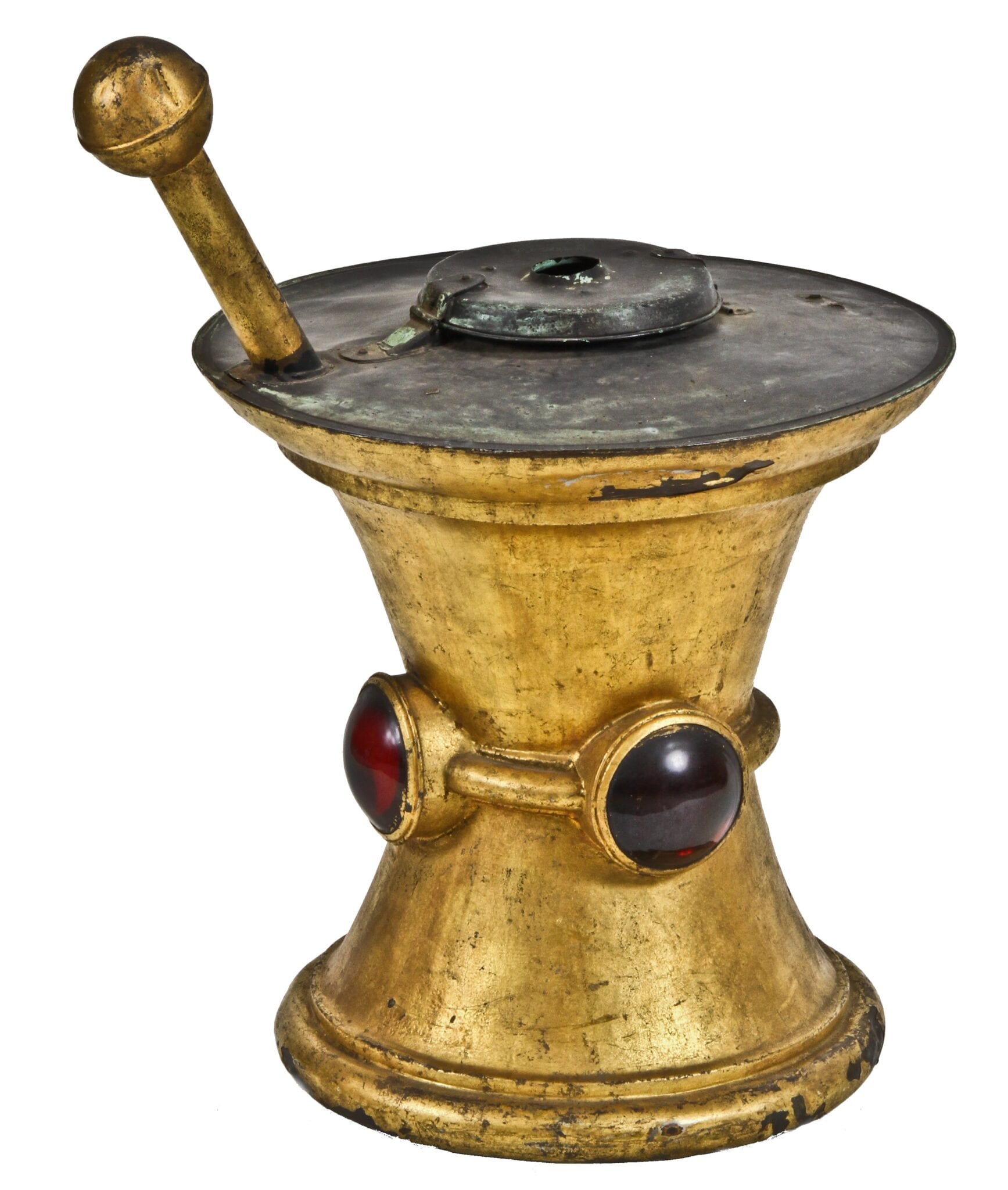
when education was a privilege and literacy rare, the ideal trade sign immediately caught the attention of a passerby and, because of its design, was totally self-explanatory. folk artists, sometimes including itinerant portrait painters, created signs that bore pictures that visually explained the name of the establishment or the services to be found within.
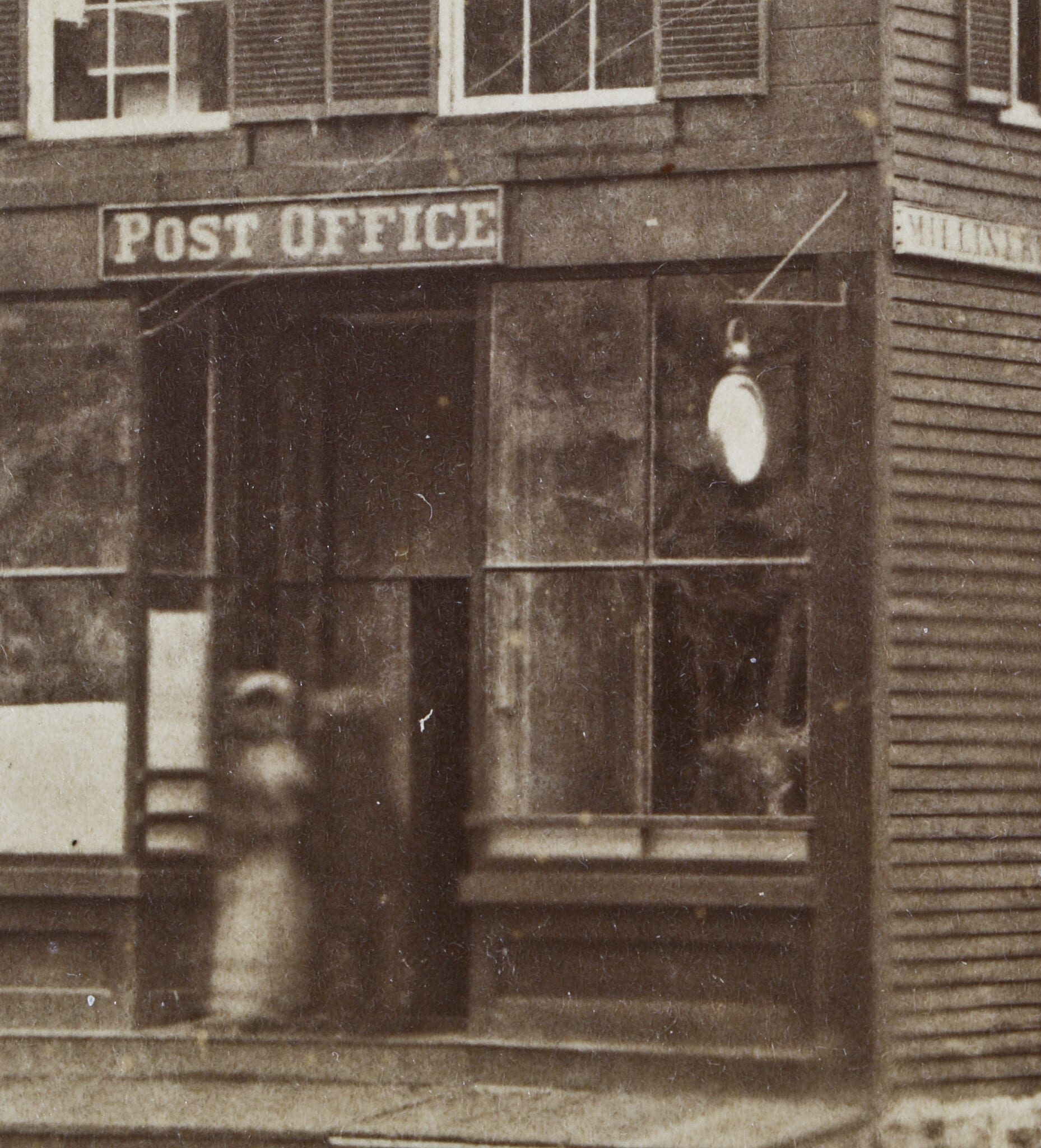
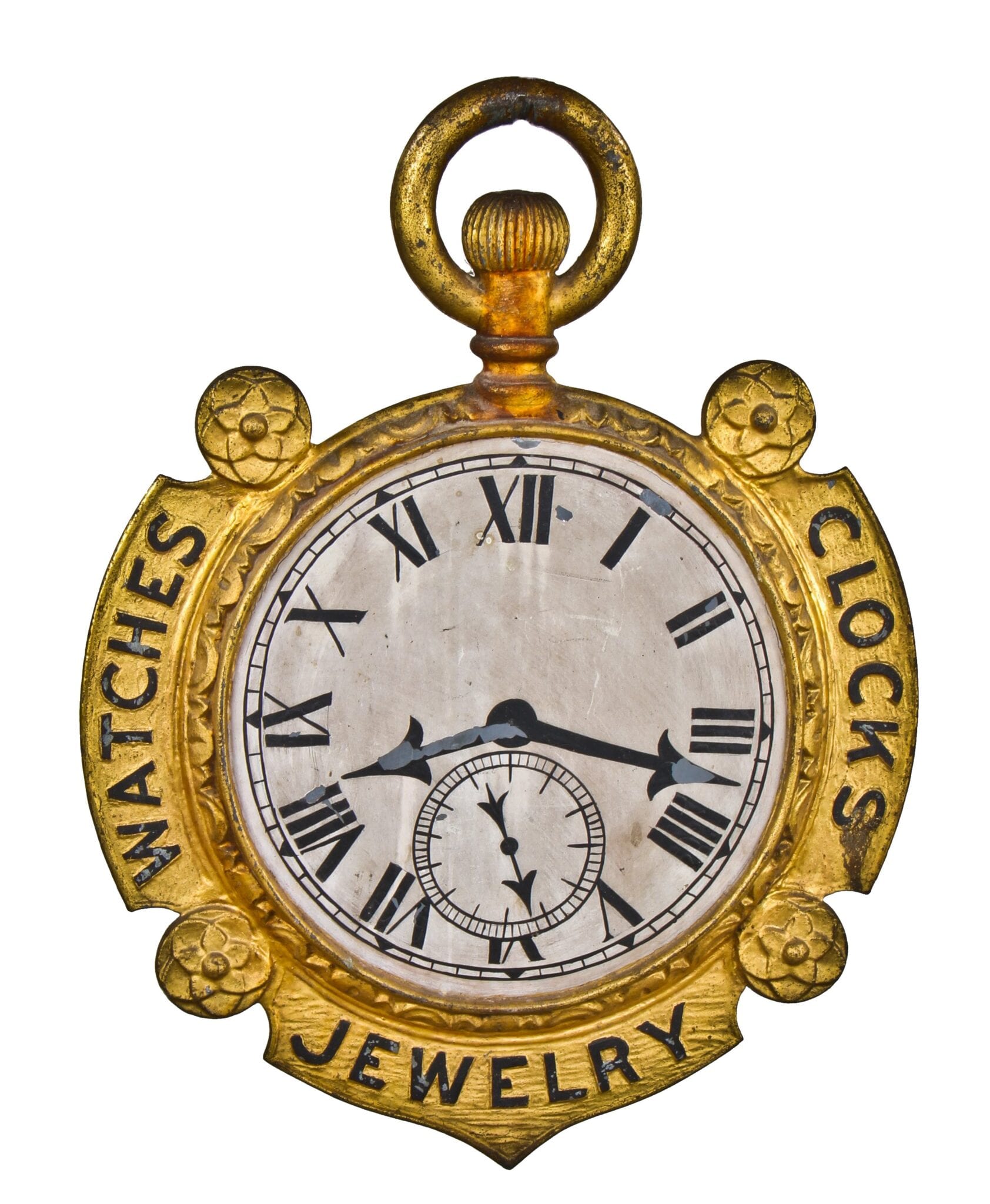
these signs usually carried pictures or lettering on both sides and were hung from a tall post at right angles to the road, so as to be visible to travelers approaching from either direction. three-dimensional carved trade signs were often produced in the same workshops as figureheads and other ship decorations and usually displayed the same broad-planed carving style that typified american figureheads. the introduction of electric signs by the turn of the century, which could advertise a business day and night, ultimately led to the steady decline of the carved trade signs.
drug store pharmacist and businessman g.i. robinson constructed the telegraph block or building in 1857 and his drugstore occupied about a third of the building. in addition to the drug stop, there was a telegraph office, post office, tailor shop and the dental office of one dr. evans.

one of the gentleman standing outside is believed to be the building owner, while dentist warren evans is seen standing in a second story window just above the remarkable protruding hanging carved wooden tooth trade sign.
i purchased this mounted photograph after carefully identifying the unique collection of trade signs mounted on a single building. the wooden tooth in particular would have prompted me to purchase the photograph, since i have yet to come across a "period" photograph depicting a hanging three-dimensional carved wood tooth in such great detail in its original setting.
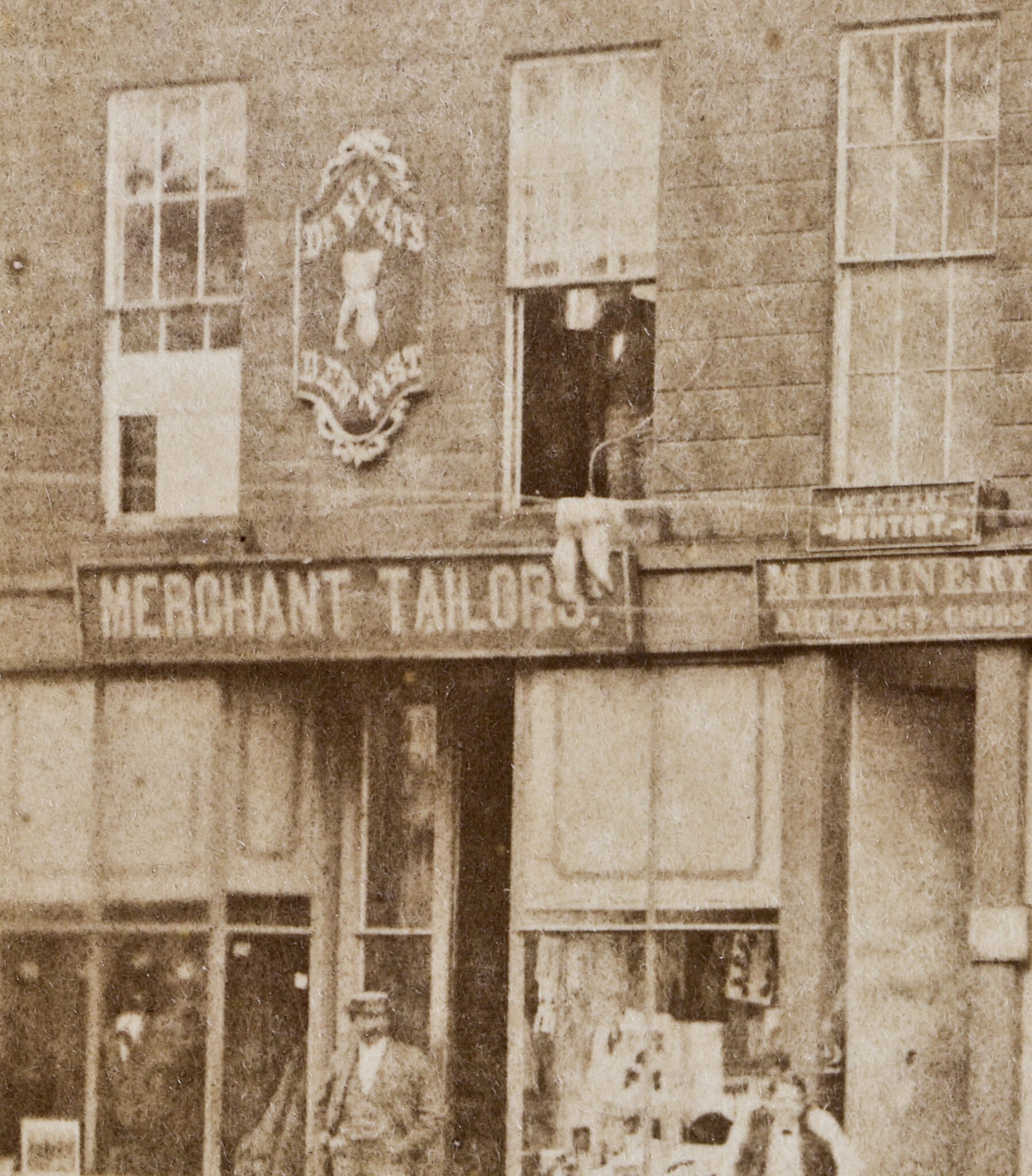
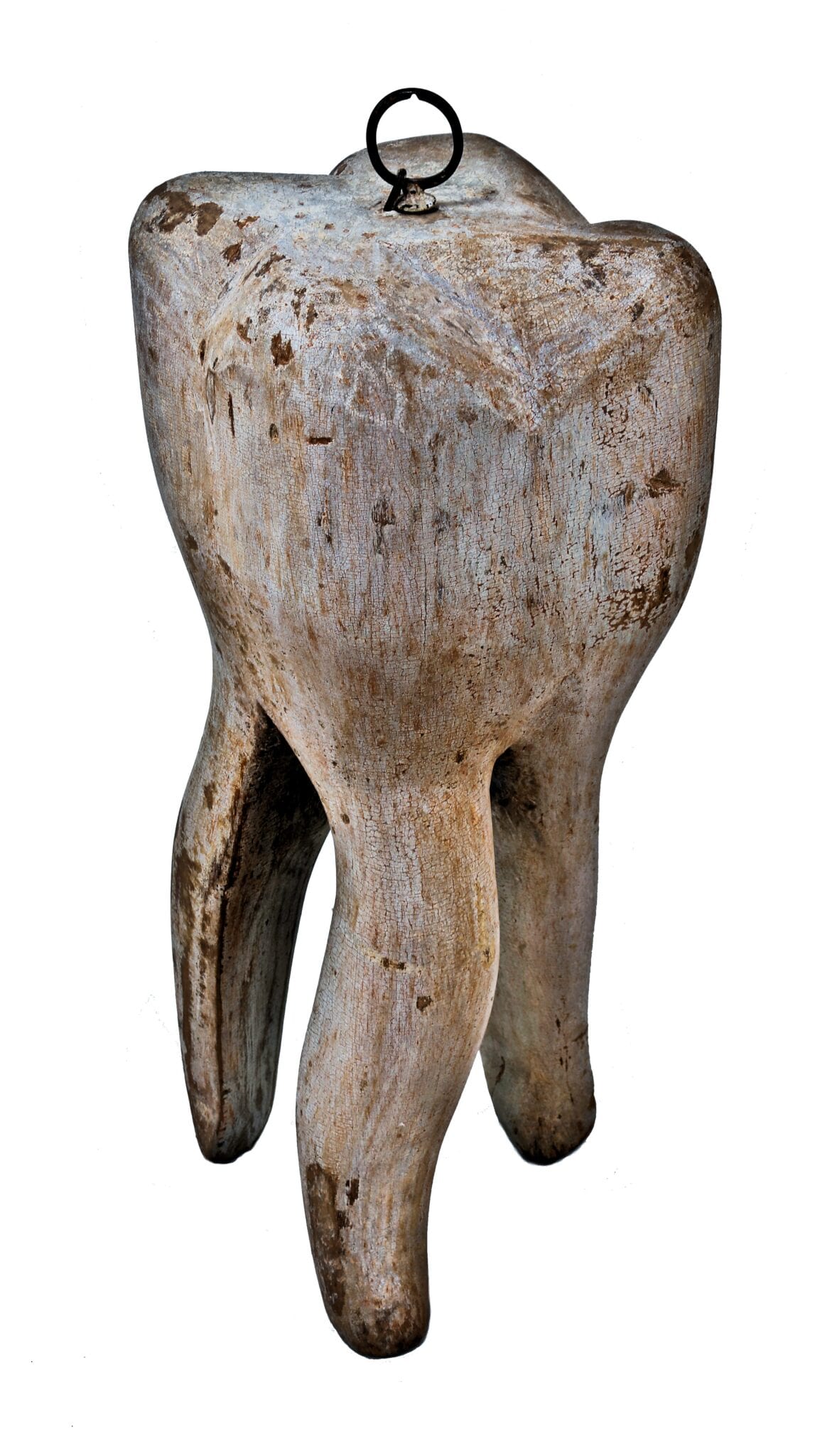
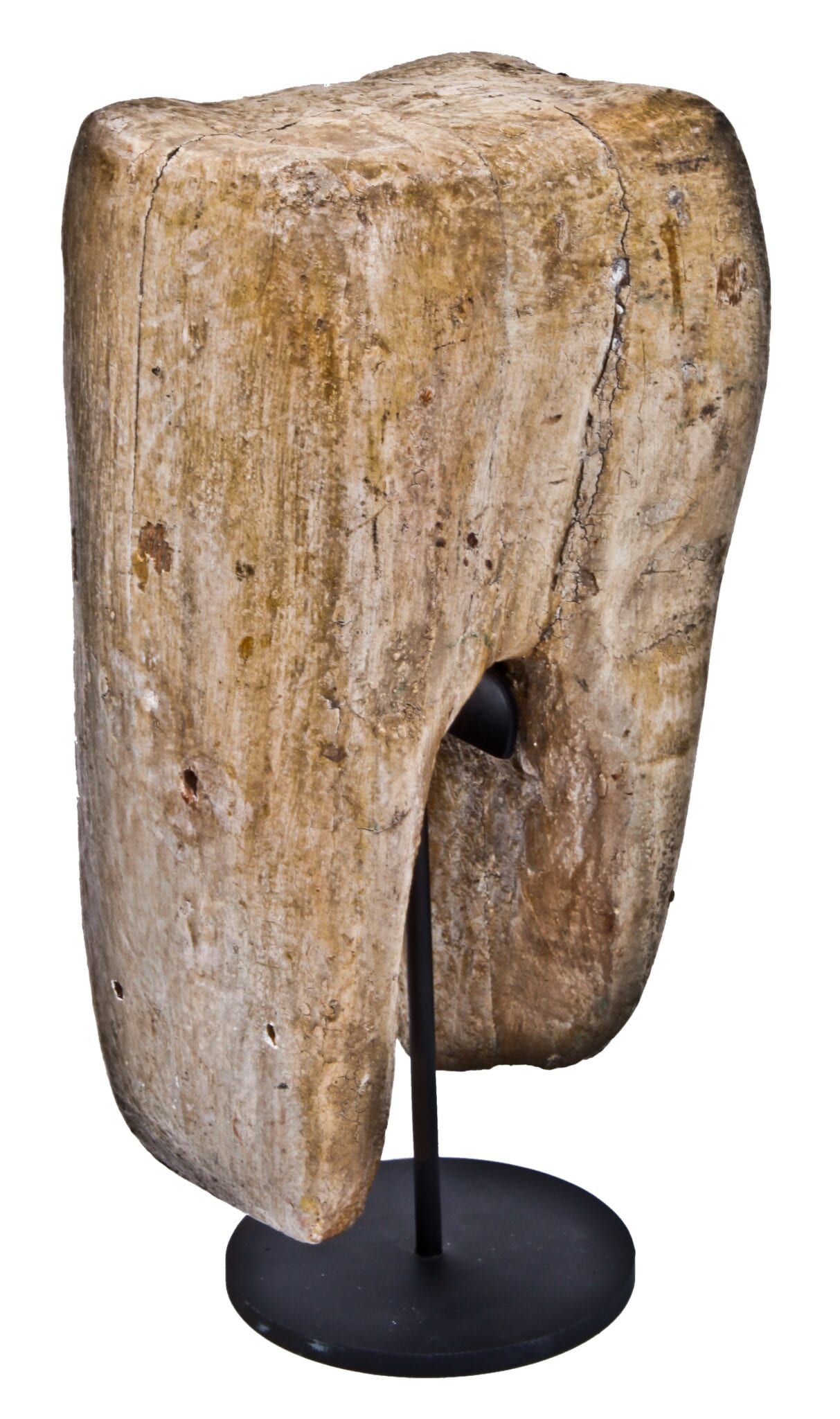
the photograph serves as an ideal visual reference to illustrate how the numerous trade signs displayed in my collection would have originally appeared "in situ." when guests inquire about these carved wood specimens reflecting various trades, i can strengthen my explanation with a photograph that provides the setting and time period.
This entry was posted in , Miscellaneous, Bldg. 51, Events & Announcements, Sales and Promotions, Featured Posts & Bldg. 51 Feed on May 13 2015 by Eric
WORDLWIDE SHIPPING
If required, please contact an Urban Remains sales associate.
NEW PRODUCTS DAILY
Check back daily as we are constantly adding new products.
PREMIUM SUPPORT
We're here to help answer any question. Contact us anytime!
SALES & PROMOTIONS
Join our newsletter to get the latest information
























